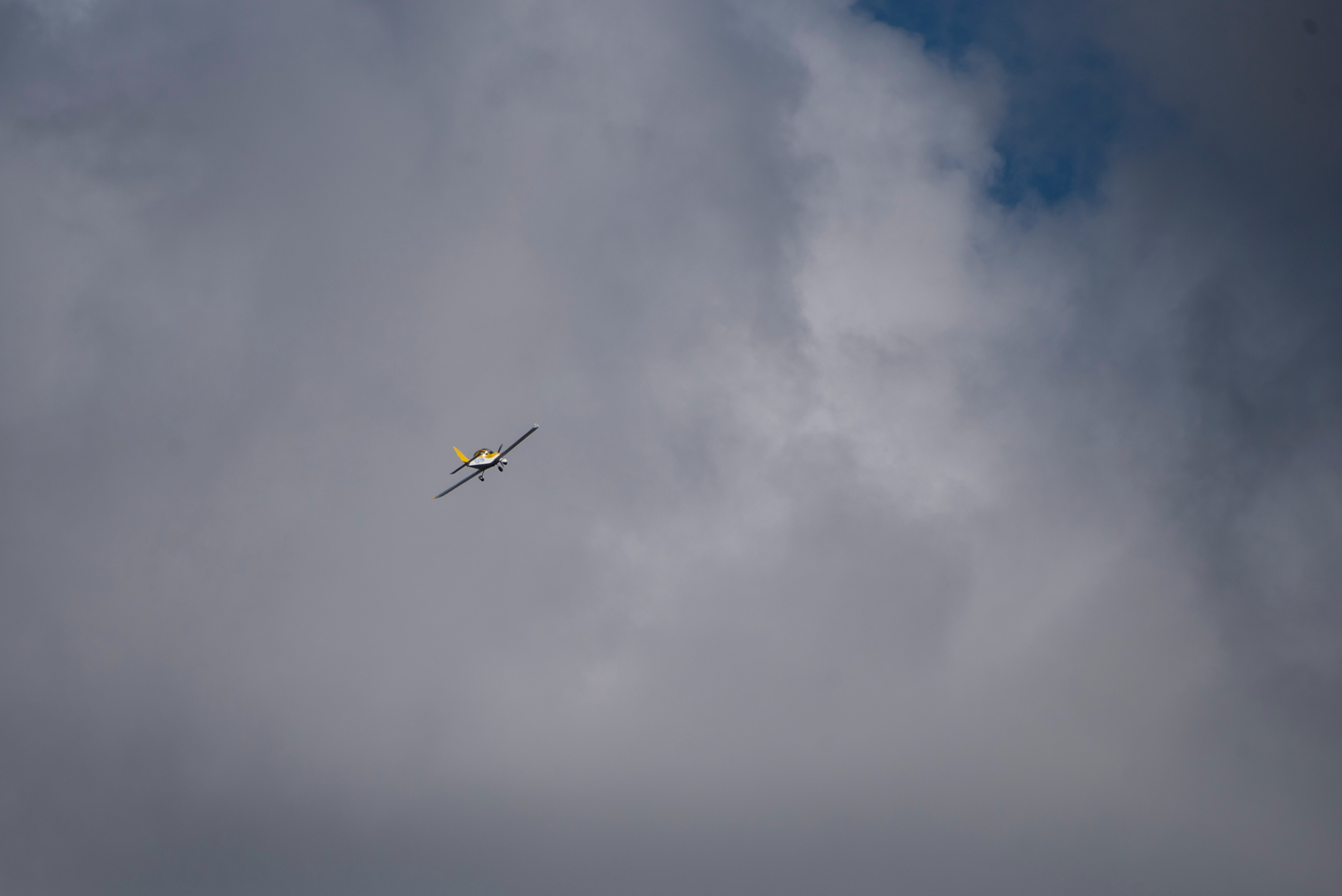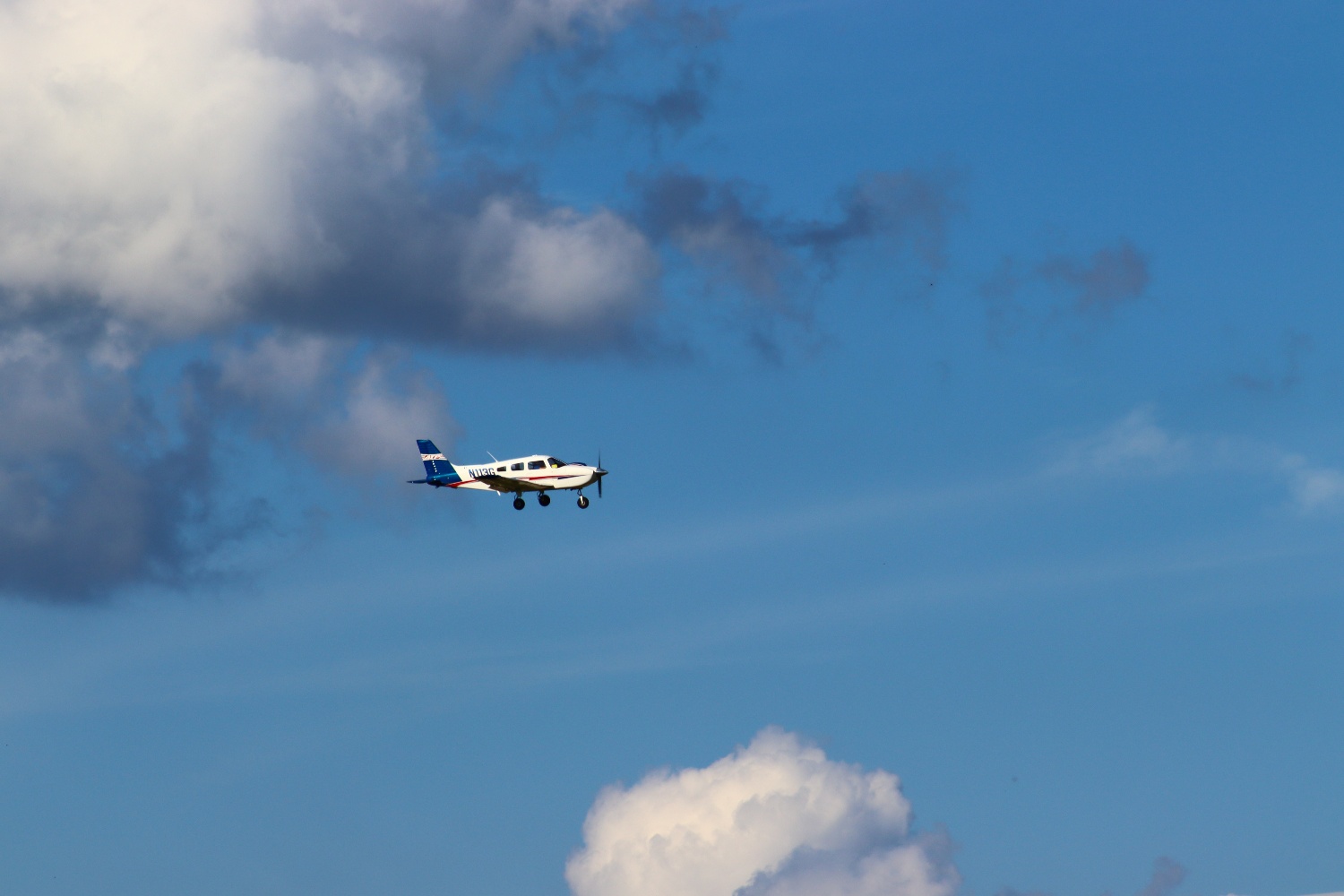Secondary Instrument Scans for VFR and IFR Flight
In private pilot training, flight instructors use integrated flight instruction to teach how and when to reference flight instruments. The technique they use — which combines interpreting gauges and looking outside for visual references — gives you the tools needed to control the aircraft in visual meteorological conditions (VMC). If you primarily fly under visual flight rules (VFR), these tools are also invaluable if you ever find yourself unexpectedly entering the clouds.
In instrument training, the emphasis shifts considerably to interpreting gauges to maintain a safe and correct flight attitude in the clouds and VMC.
The Federal Aviation Administration (FAA) utilizes three basic scans to accomplish both sets of training objectives:
- Selected Radial Cross-check, where you reference the attitude indicator, then airspeed, back to attitude, then altitude, and so on, until you've looked at each instrument;
- Inverted-V Cross-check, where you begin with the attitude indicator, then turn coordinator, attitude indicator, then VSI;
- Rectangular Cross-check, where you progress left to right with the top row of instruments, then right to left with the bottom row of instruments.
While these scans are time-tested, whether you are a private or instrument student, you can benefit from using a secondary set of maneuver-based scans to supplement the more formal scans suggested by the FAA. Combining both sets of scans gives you a broader palette of tools to draw from and helps keep your eyes moving while avoiding the common scanning errors of fixation, omission, and emphasis.
On take-off
Use the Rectangular Cross-Check to verify that your instruments are alive and working — and that you are entering into a climb. Going "around the bases" gives you an instantaneous assessment of all six flight instruments.
For VFR pilots, this scan is helpful for night flying, as you lift off and have to transition momentarily to the instruments until you can lower the nose of the aircraft once level to take in the outside picture.
For instrument flight rules (IFR) pilots, this scan gives you critical information that you could not test on the ground (e.g., airspeed alive, attitude indicator rising, altimeter and vertical speed indicator [VSI] climbing).
Related content: Redbird Instrument Rating Syllabus [Free Download]
Once airborne
You can maintain a constant airspeed climb and heading by calling out "Attitude, Airspeed, Attitude, Heading," a variation on the Radial Cross-Check scan. This scan works equally well when descending straight ahead.
For a constant airspeed climbing turn, call out "Attitude, Turn (coordinator), Attitude, Airspeed." This scan likewise works well in a constant airspeed descending turn. If a constant rate of climb or descent is required, call out, "Attitude, Turn, Attitude, Rate (VSI)."
To establish and maintain straight and level flight, call out "Attitude, Altitude, Attitude, Heading." For level turns, call out "Attitude, Turn, Attitude, Altitude." Throughout all the scans, make sure you keep the ball centered.
The bottom line
For IFR students, the Primary and Supporting Instruments approach to instrument flying is what the FAA generally emphasizes. While this list of secondary scans is maneuver-based, you should routinely glance at the supporting instruments to verify agreement.
The main benefit of these secondary scans is that they help you focus on maintaining precise aircraft control throughout a maneuver. They are also an invaluable tool should you find yourself in unexpected turbulence, particularly at night. Aviate, Navigate, Communicate, is a time-honored mantra for prioritizing what needs doing, and aircraft control is paramount.
These secondary scans can be effectively practiced beforehand in a flight simulator to develop familiarity with their usefulness, and — once in the airplane — they become almost second nature with sufficient practice. Whether you are primarily a visual or instrument pilot, these scans will provide immediate control of the aircraft's attitude and direction, broadening your collection of tools for establishing and maintaining a safe and reliable flight configuration.
Share this
You May Also Like
These Related Articles

4 IFR Training Tips To Help You Start Flying in the Clouds
.jpeg)
Instrument Approaches: As Easy as 5 A's and T's
